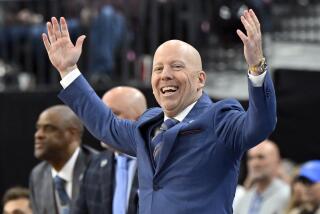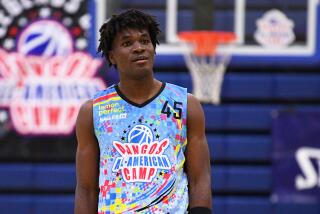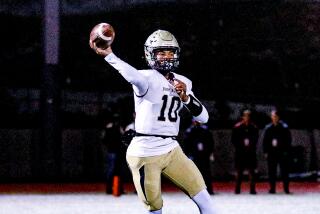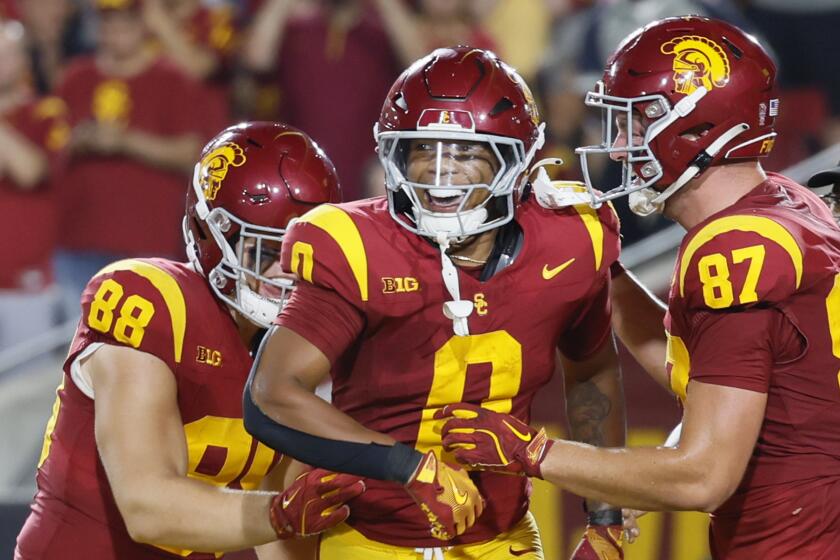Signing day success is no guarantee of success on football field
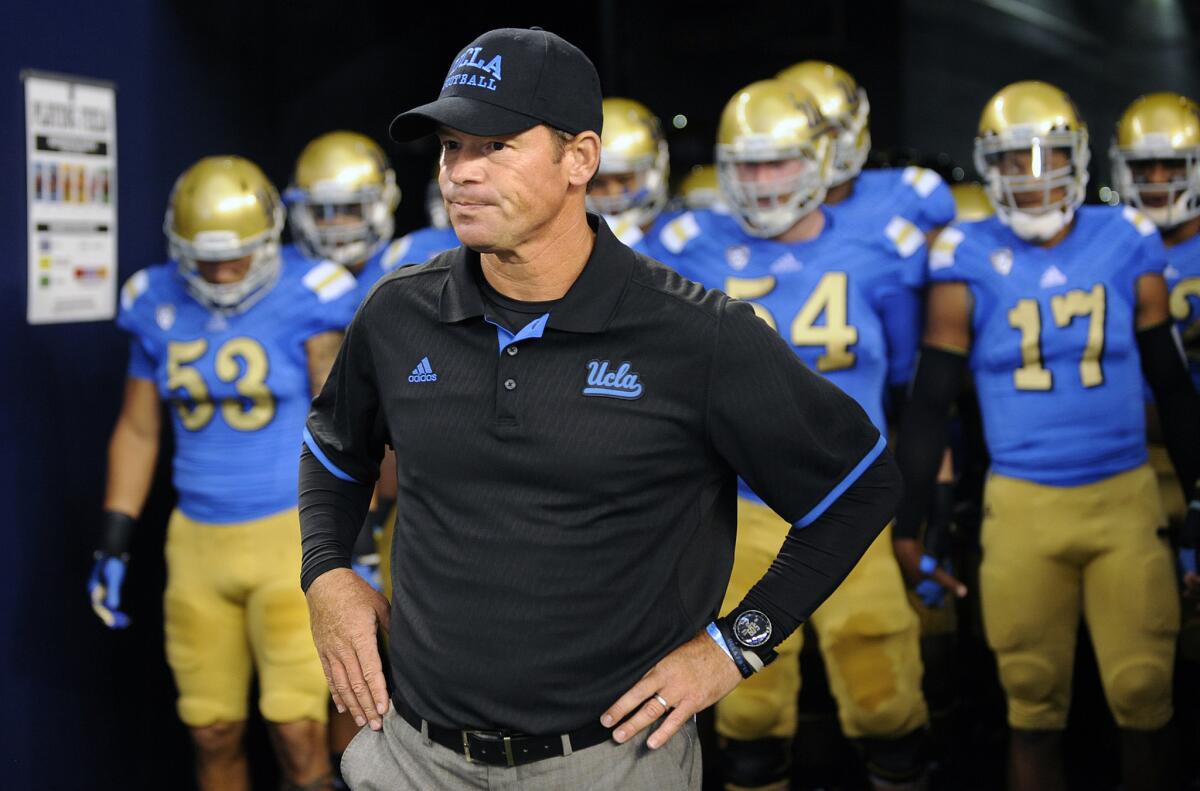
High school football players from across the nation will sign on the dotted line Wednesday. The national letter of intent signing day has grown into a holiday-like event for the obsessed fan. Every school claims a great class. Recruiting websites, which chart each step of the process, post rankings. Fan bases become giddy with the idea that this guarantees future success.
In reality, it is a first step.
“Evaluation is in the eye of the beholder,” former UCLA coach Terry Donahue said. “A lot of schools that never finish in the top 20 in recruiting surveys are damn hard to beat on Saturday afternoons. It’s how dedicated the player remains and how well you develop them.”
UCLA is expected to gather a top-20 class, according to the recruiting websites Scout and Rivals. USC is looking at a possible top-five finish.
Oregon has finished behind USC and UCLA in the recruiting rankings each of the last three years, yet it was the Ducks who went to the national championship game this past season.
“Oregon gets three-star guys, but they do such a good job developing that talent,” said Greg Biggins, the national recruiting analyst for Fox Sports and Scout. “They don’t just get the best guys and try to fit a square peg into a round hole. Rather, they are the guys who fit their system.”
That can get lost in the signing-day hoopla. You could stock a league with the number of can’t-miss players who missed.
“I’ve seen three-star guys use it as motivation and I’ve seen five-star guys who think they will have things handed to them on a platter,” Biggins said.
None of the starters for the New England Patriots and Seattle Seahawks in Sunday’s Super Bowl were five-star players out of high school. Only seven were four-star athletes.
“All the talent in the world doesn’t mean a thing without development,” UCLA Coach Jim Mora said.
Oregon’s Marcus Mariota was a three-star athlete as a senior at Honolulu St. Louis High. He won the Heisman Trophy last season.
Biggins used linemen as the best example of how difficult it is to evaluate players.
“You never know whether a guy is going to quit or fight back the first time he gets punched in the mouth by someone the same size,” Biggins said.
Those are intangibles that coaches only learn after signing day.
“Somebody you didn’t want, that your coaches didn’t think was that good, could turn out to be better than the kid you thought was terrific,” Donahue said. “How committed are they to being a success? What is their best position? It’s all part of the puzzle.”
Not everyone in a class will end up starting. Biggins said that, “If you sign a 20-person class, you’d like to think at some point that 15 or 16 of those guys end up starting. You’d like 10 or 11 to have all-league potential.”
Steve Sarkisian will field his second recruiting class at USC. His 2014 class was ranked 10th and included receiver JuJu Smith, defensive back/receiver Adoree’ Jackson and offensive lineman Toa Lobendahn — all starters last season. The Trojans, under scholarship limitations because NCAA sanctions the last three years, are expected to sign a full class of 25 on Wednesday.
“Right now, in the world of recruiting and all that is going on in social media, everybody expects these players to start right away, and if they don’t there must be something wrong,” Sarkisian said. “That’s not the case. Just because a guy needs a year or two to develop doesn’t mean he can’t become an All-American and help us win championships.”
UCLA has signed 69 players since Mora was hired after the 2011 season. Of those, 20 have seen significant time as starters and 11 are no longer in the program. The Bruins’ emphasis on recruiting offensive linemen the last three years has strengthened an area that was a severe weakness for a decade.
“Once they get here, everyone is on their own journey,” Mora said. “Classes get jumbled. Some guys redshirt. Some guys play right away. I look at them as individuals, not a class. We want to help every young man reach his potential.”
Which, Biggins said, means, “at the end of four years, you can look back on a class and judge it.”
Follow Chris Foster on Twitter @cfosterlatimes
Times staff writer Gary Klein contributed to this report.
More to Read
Go beyond the scoreboard
Get the latest on L.A.'s teams in the daily Sports Report newsletter.
You may occasionally receive promotional content from the Los Angeles Times.
